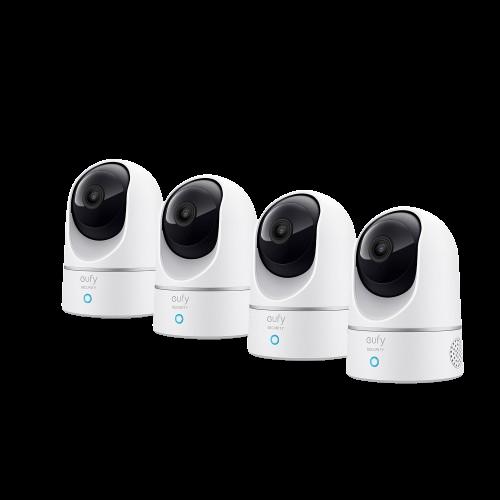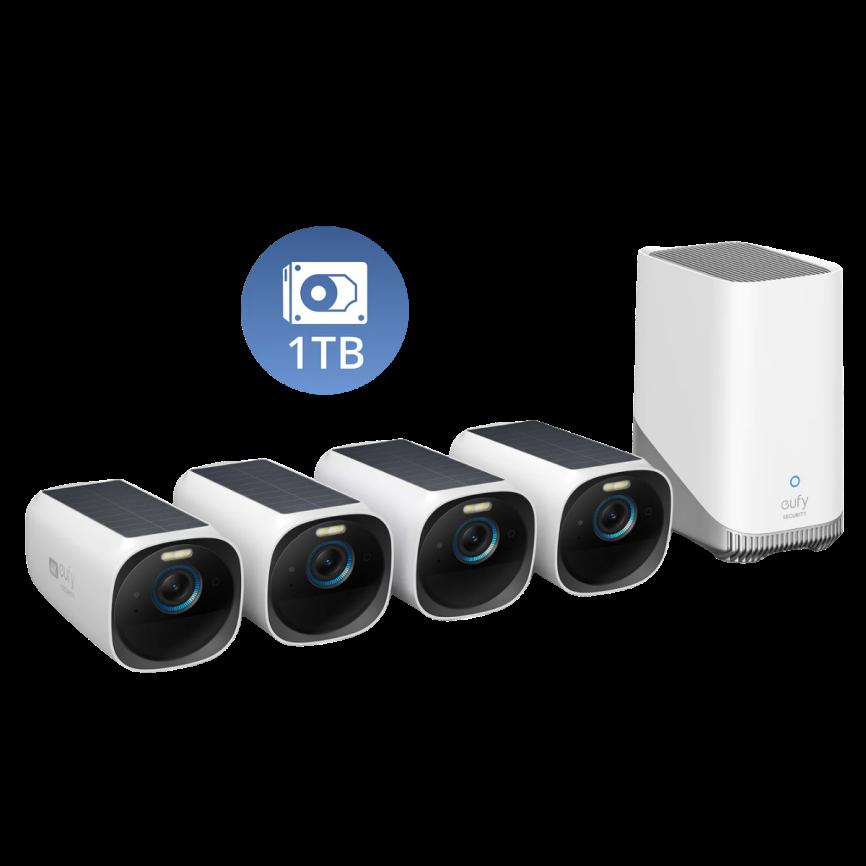In today’s tech-savvy world, wireless indoor cameras have become a staple for enhancing home security. With the inherent flexibility and convenience of wireless systems, homeowners can monitor their spaces without the clutter of wires. However, not all wireless indoor cameras are created equal. To make an informed decision, it's crucial to understand the features that set certain models apart. This article will delve into the standout features of wireless indoor cameras, helping you choose the best option for your needs.
Key Features that Make a Wireless Indoor Camera Stand out
High-Definition Video Quality
One of the first aspects to consider when evaluating a wireless indoor camera is its video quality. High-definition (HD) resolution—specifically 1080p or higher—ensures clarity in the footage, allowing for detailed monitoring of your home. Cameras with better resolution will capture finer details, such as facial features or license plates, which can be invaluable for identifying persons or events. In an era where most cameras offer HD capabilities, those touting 4K resolution are becoming increasingly popular, providing exceptionally clear images that can make a significant difference in quality assurance.
Night Vision Capabilities
Many security incidents occur during the night, making night vision an essential feature for effective surveillance. Wireless indoor cameras equipped with infrared (IR) night vision can capture clear images in low-light conditions. This technology uses invisible IR light, which illuminates the space while remaining undetectable to the human eye. Some advanced models offer color night vision, allowing homeowners to see nuanced details in their footage rather than just monochrome images. This feature is critical for ensuring that you can maintain security, no matter the time of day.
Motion Detection Alerts
Motion detection technology is another standout feature that enhances the functionality of wireless indoor cameras. These systems use sensors to detect movement within their field of view and can send instant alerts to your smartphone whenever motion is detected. This real-time notification system is crucial for proactive monitoring, allowing you to respond quickly to any suspicious activity. Some cameras even allow users to customize sensitivity settings and define specific activity zones, reducing false alerts from common household movements like pets or changing light conditions.
Two-Way Audio
For many users, having the ability to communicate through the camera is an important feature. Two-way audio allows owners to listen and talk to people in the camera’s vicinity. This feature can be practical for a variety of scenarios, such as checking in on children, instructing pet sitters, or simply engaging with guests before they enter your home. It adds an interactive element to surveillance, making the experience more dynamic and responsive.
Smart Home Integration
Wireless indoor cameras that readily integrate with smart home ecosystems stand out for their convenience and advanced functionalities. Compatibility with platforms like Amazon Alexa, Google Assistant, or Apple HomeKit allows you to control your camera through voice commands or to manage it seamlessly via a centralized app. This feature enables users to create schedules, adjust settings, and even access recorded footage from multiple devices, enhancing usability.

Flexibility and Design
Since indoor cameras can be placed in a variety of locations, their design and mounting flexibility play crucial roles in usability. Wireless cameras offer the advantage of being easily moved and installed without complicated wiring. Options such as tabletop models, wall-mounted cameras, and even those that can be mounted on ceilings add versatility, allowing you to customize your surveillance setup. Additionally, aesthetic design is essential; cameras that blend seamlessly into home decor are often preferred for indoor use.

Privacy Features
In an era where privacy concerns are paramount, wireless indoor cameras that incorporate privacy features are gaining traction. These might include physical privacy shutters, scheduled inactivity modes, or advanced encryption for transmitted footage. Cameras that prioritize privacy allow users to feel more secure and less vulnerable, knowing they have control over their surveillance environment.
Conclusion
When it comes to choosing a wireless indoor camera, several standout features can significantly enhance its effectiveness and usability. High-definition video quality, robust night vision, and real-time motion detection alerts form a solid foundation for security. Additional features like two-way audio, smart home integration, cloud storage, and flexible designs further elevate the user experience. Prioritizing privacy and control can lead to informed choices that bolster your peace of mind. By understanding these key features, you can select a wireless indoor camera that best meets your unique needs, ensuring comprehensive protection for your home and loved ones.